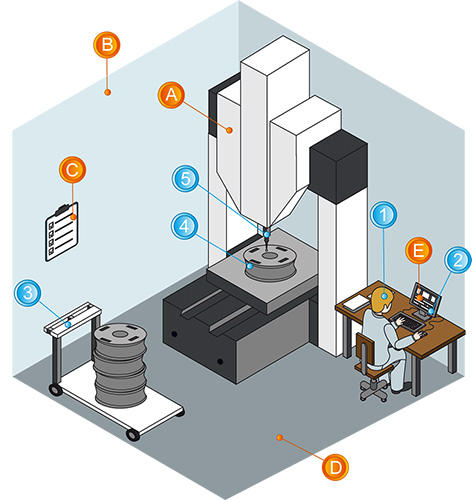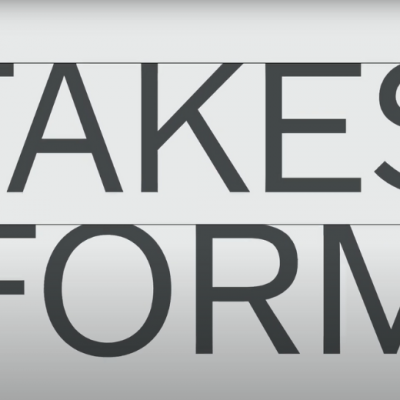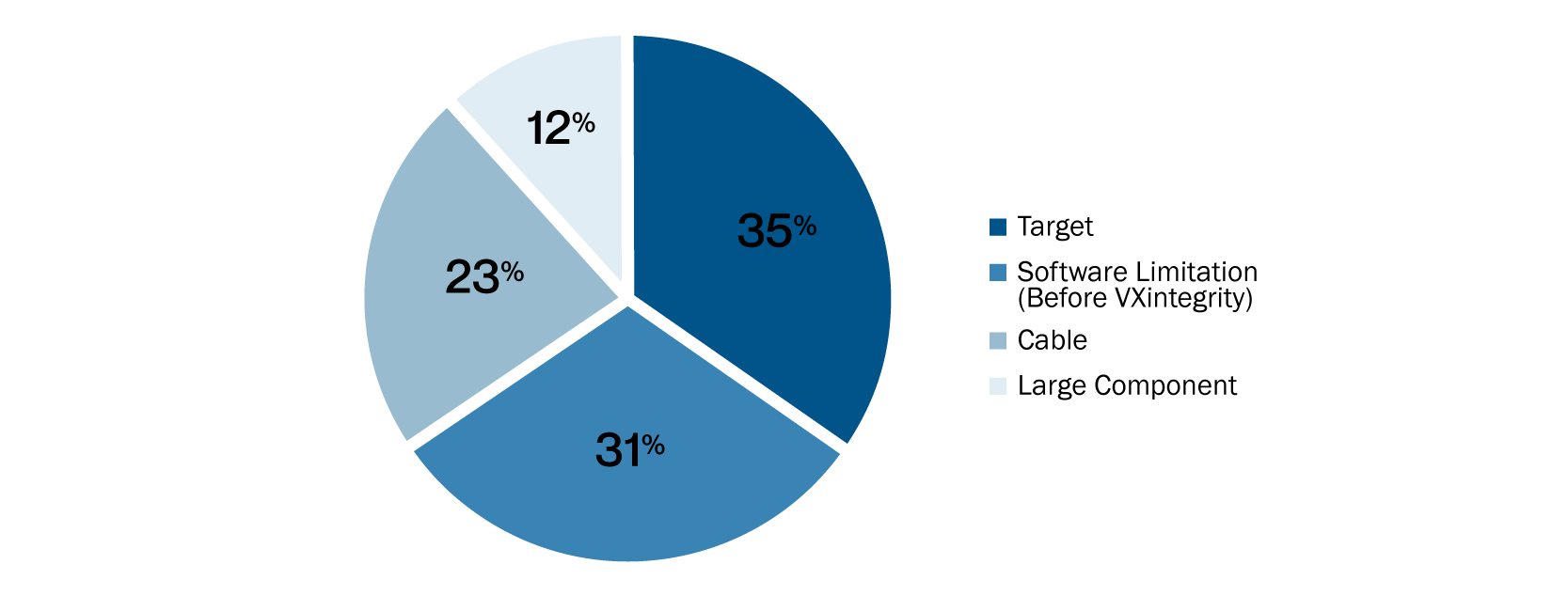April 3, 2024
Experiencing Innovation: Creaform’s Brand Evolution Unveiled See the articleWhat is expensive in quality control?
What is costly to purchase, operate, and maintain?
What requires skilled and experienced operators?
Answer: Coordinate Measuring Machine (CMM)
This article illustrates the costs and time required to operate a CMM.
TIME
- Training time
CMMs are complex metrology instruments and must be handled by experienced operators. The time it takes to acquire the technical expertise to master CMMs is significant. Advanced technicians in quality control and inspection are in high demand.
- Programming time
Programming often requires extra time for changes and adjustments. It is particularly time consuming when the program is made for a one‑off inspection (e.g., die stamping).
- Handling time
Quality controls in the automotive and aerospace industries regularly involve parts of large dimensions. Inspecting those parts means several trips back and forth from the production floor to the laboratory, which requires time and may cause delays.
- Setup time
Rigid measurement setups are essential to get accurate measurements on CMMs. Parts must then be carefully fixed and positioned in order to enable operators to make measurements and control the quality of manufactured parts.
- Measuring time
CMMs are the no.1 choice for measuring complex parts. Any measurement of complex parts also requires a lot of time to measure all of the features, control the different angles, and inspect the complete shape.
COST
- Purchase cost
Important capital investment is required to acquire a CMM (Coordinate Measuring Machine). The purchase cost can vary from $50,000 to $200,000 depending on the measurement volume and the required functionalities.
- Installation cost
Installation represents the major part of the total acquisition cost. A CMM must be installed in an air‑conditioned room. It must be positioned on a vibration slab. It must have access to compressed air. All these building properties must be carefully planned, which can easily increased the invoice to $500,000 to $1M.
- Maintenance cost
Purchasing a CMM is cushioned over several years. To make sure the CMM remains fully functional, a maintenance budget must be created for calibration, hardware upgrades, and replacement parts. The annual maintenance costs can represent 15% to 20% of the original purchase cost.
- Storage cost
Contrary to portable metrology tools, CMMs are fixed laboratory equipment of huge dimensions that cannot be stored. They will permanently occupy many square feet in a room that must be controlled for temperature, humidity, and vibration.
- Software fee
Up-to-date software must be maintained in order to take full advantage of all functions offered on a CMM (Coordinate Measuring Machine). New software upgrades are regularly available, and an annual fee might be required to access new features, reports, and functionalities.
The summation of all these operations creates significant bottlenecks that clog the manufacturing process and put a lot of pressure on quality control operators.
CMMs are expensive metrology instruments. Both time and money are needed to operate them. Therefore, it is strategic to dedicate only the most important and delicate inspections to the CMM. All remaining controls should be performed on alternative equipment.
CMMs require highly skilled operators. They key is to optimize this know‑how and to assign these operators to only the critical tasks. Those with less experience could then use other metrology tools like portable CMM that require a lower level of expertise.
Metrology performed at intermediate steps, on the production floor, with portable and less expensive measuring equipment and handled by less skilled operators help to unload the CMM. This enables quality control managers to save on the use of the CMM, which is expensive to purchase, operate, and maintain. By choosing which quality controls to perform on CMMs and redirecting other inspections to alternative solutions, QC managers will save time and money.
Guillaume Bull, Eng.
Technical Product Manager, Creaform








